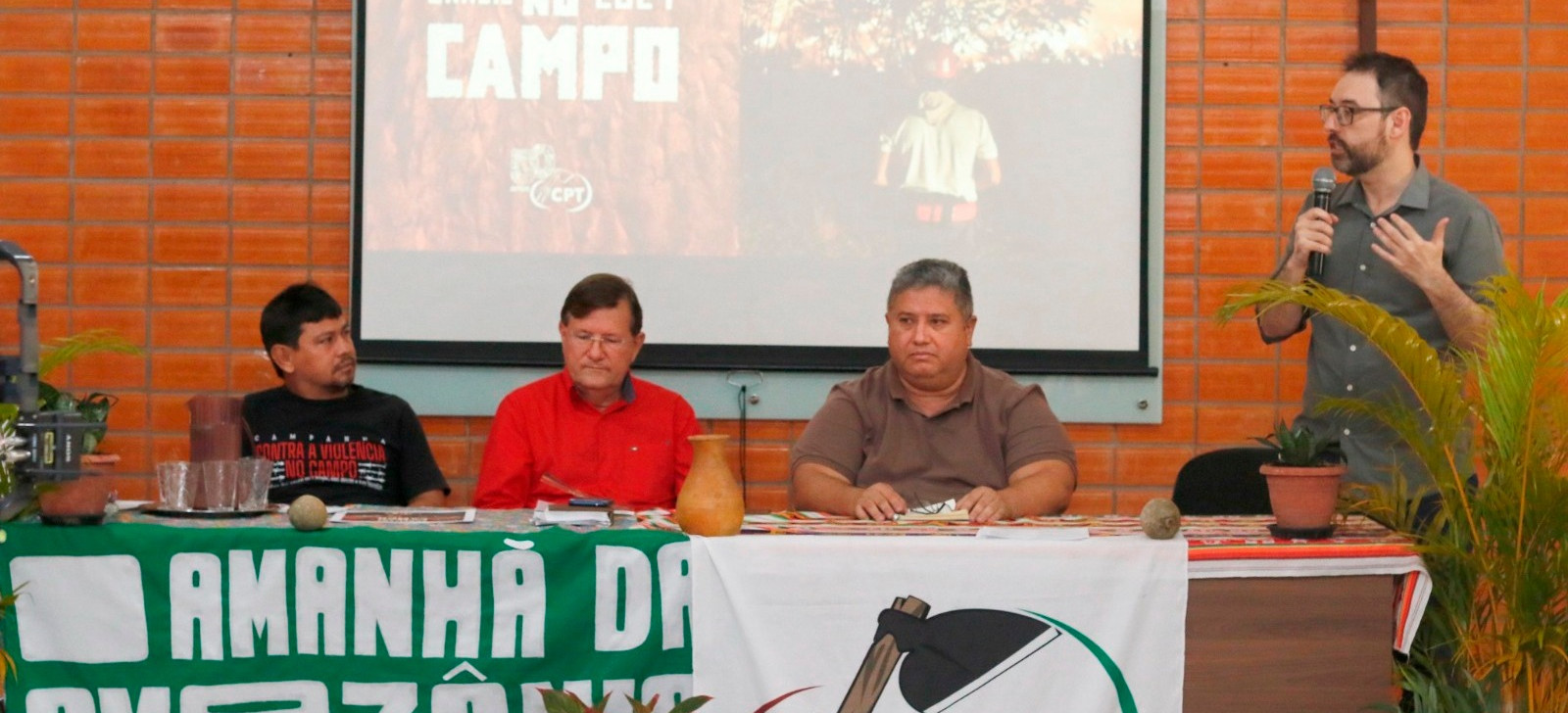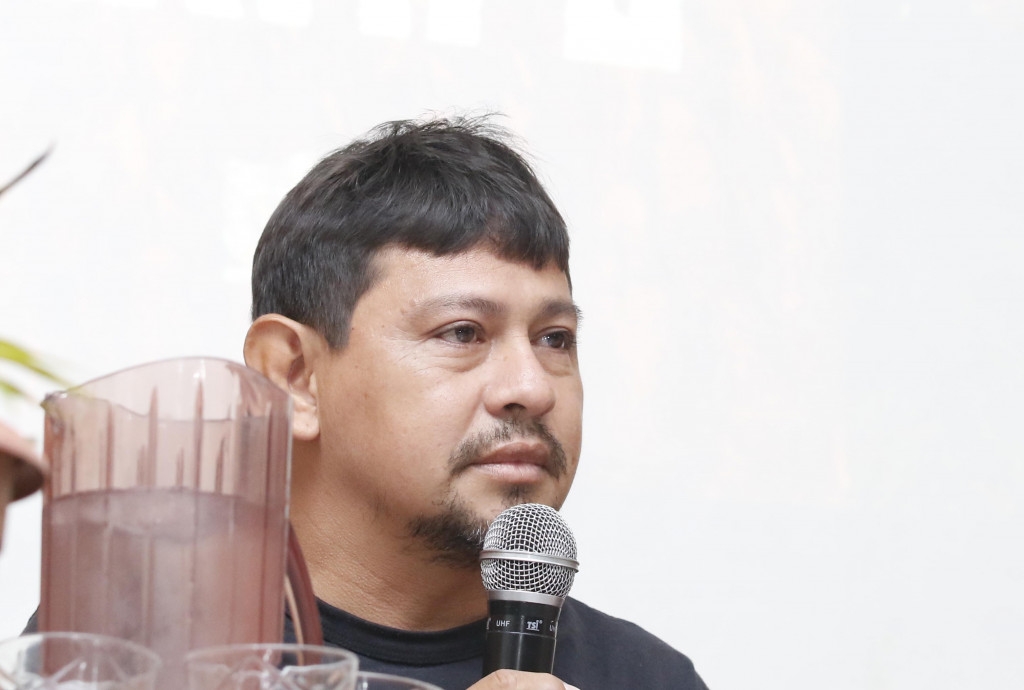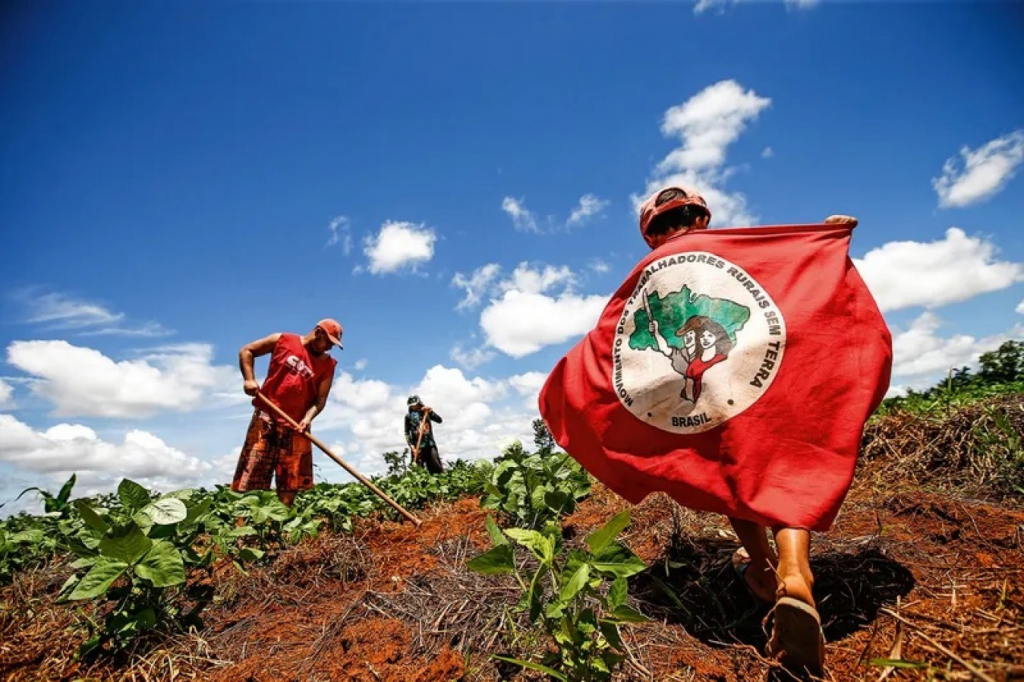Indigenous peoples are the main victims in land conflicts, says brazilian agency
13 de May de 2025

By Ana Pastana – From Cenarium
MANAUS (AM) – Brazil recorded the second highest number of land conflicts in the historical series in 2024, with 2,185 cases, second only to the year 2023, which had 2,250. The main victims are Indigenous peoples, according to data from “Land Conflicts in Brazil 2024”, released this Friday, 9 May, by the Pastoral Land Commission (CPT) in Manaus.
According to the survey, the number of murders decreased in 2024, with 13 victims recorded; in 2023 there were 31 cases. As for attempted murders, the figures indicated this was the third most frequent form of violence against rural communities and peoples, with 103 incidents recorded in 2024 alone.
Amazonas
In Amazonas, land conflicts totalled 132 cases with no recorded deaths. According to CPT member Jorge Barros, there was a significant increase. “In Amazonas, we had no recorded deaths, but conflicts have increased. The Middle and Lower Amazonas, and the South of Amazonas are the two regions with the highest rates of this type of violence,” he stated.

The municipality of Lábrea, located 702 kilometres from Manaus, recorded five attempted murders in 2024, according to the CPT. Regarding death threats, the municipalities of Humaitá (1), Lábrea (7), and Nova Olinda do Norte (2) accounted for a total of ten cases.
With regard to violence against occupation and possession in 2024, the state of Amazonas registered 119 incidents. The data also show that 24,518 families were affected, with 250 families expelled from their territories or homes. Around 289 families also had their houses destroyed, and 10,600 were subjected to invasions, according to the CPT.
The report also includes data on slave labour in Brazil. According to the figures, compared to the year 2023 (2,663), 2024 recorded a 40% decrease, amounting to 1,622 cases. In Amazonas, the CPT reports 103 cases of labour analogous to slavery in the region. Illegal deforestation and mining are the areas that most enslave people.

Research Methodology
The records are compiled through primary and secondary research. The CPT gathers information to build databases using sources such as reports and data obtained from the commission’s grassroots agents. In addition to agents, sources include official documents, complaints made by involved individuals and reported in the media, social networks, signed letters, police reports (BOs), among other channels.
Published content from media outlets is also used by the CPT as research sources, including magazines, television, radio, podcasts, YouTube, and others. The aim is to process, systematise and analyse data, transforming reports of complaints into records of rights violations committed against Indigenous peoples, quilombolas, and traditional communities.

